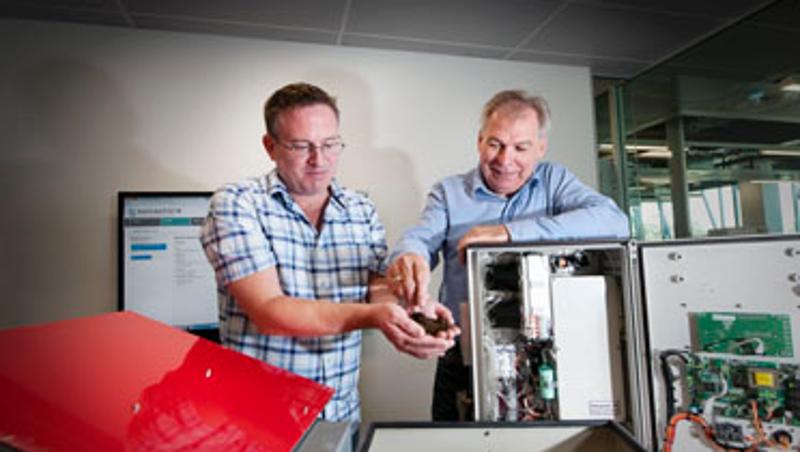
Technology developed at QUT aims to help Australia reduce greenhouse gas emissions across its agricultural landscape.
Based at the Institute for Future Environments at QUT, Professor Peter Grace coordinates the National Agricultural Nitrous Oxide Research Program (NANORP) which aims to develop strategies to help farmers and other landholders reduce nitrous oxide emissions while maintaining productivity levels.
Nitrous oxide is a powerful greenhouse gas, produced mainly in agriculture, and emissions are increasing worldwide.
Professor Grace said the program was the first of its kind to bring together researchers who measure and model N2O emissions from 15 sites around Australia.
"The research involves measuring the greenhouse gas emissions produced by agricultural soils from all over Australia as well as the impact various fertilisers, crops and even temperature, rainfall and drought have on emission levels," he said.
He said the value of the research had been boosted by the addition of a purpose built software program developed by QUT software engineers including postdoctoral researcher Jason Wimmer.
"The Semaphore program enables researchers around the country to bring their work together into one online interface," Mr Wimmer said.
"The program is an easy to use cloud-based interface to a variety of biochemical modelling tools developed by national and international collaborators which allows researchers to simulate fluxes of carbon and nitrogen and greenhouse gases in the environment."
Professor Grace said the software greatly reduces the transaction costs of working with international scientists and is a powerful simulation platform for assessing emissions from various land use types and climatic conditions.
"This information is important as it will provide landholders with guidelines to reduce their greenhouse gas footprint and protect their most valuable resource - soil," he said.
"A range of strategies for reducing N2O emissions can be employed including changing the time, type and amount of nitrogen-based fertiliser used, using cover crops, improving irrigation practices and incorporating good manure management," he said.
"Semaphore enables researchers to test greenhouse gas reduction strategies more quickly, reducing the time it takes to do many tests from five days to one."
The National Agricultural Nitrous Oxide Research Program (NANORP) is a $50 million greenhouse gas network coordinated by the QUT Institute for Future Environments, managed by Grains Research and Development Corporation (GRDC) and funded by the federal Dept of Agriculture, Fisheries and Forestry with support from rural R&D corporations, universities, state governments and CSIRO.
Media contact: Rose Trapnell, QUT media team leader, 07 3138 2361 or 0407 585 901 rose.trapnell@qut.edu.au




